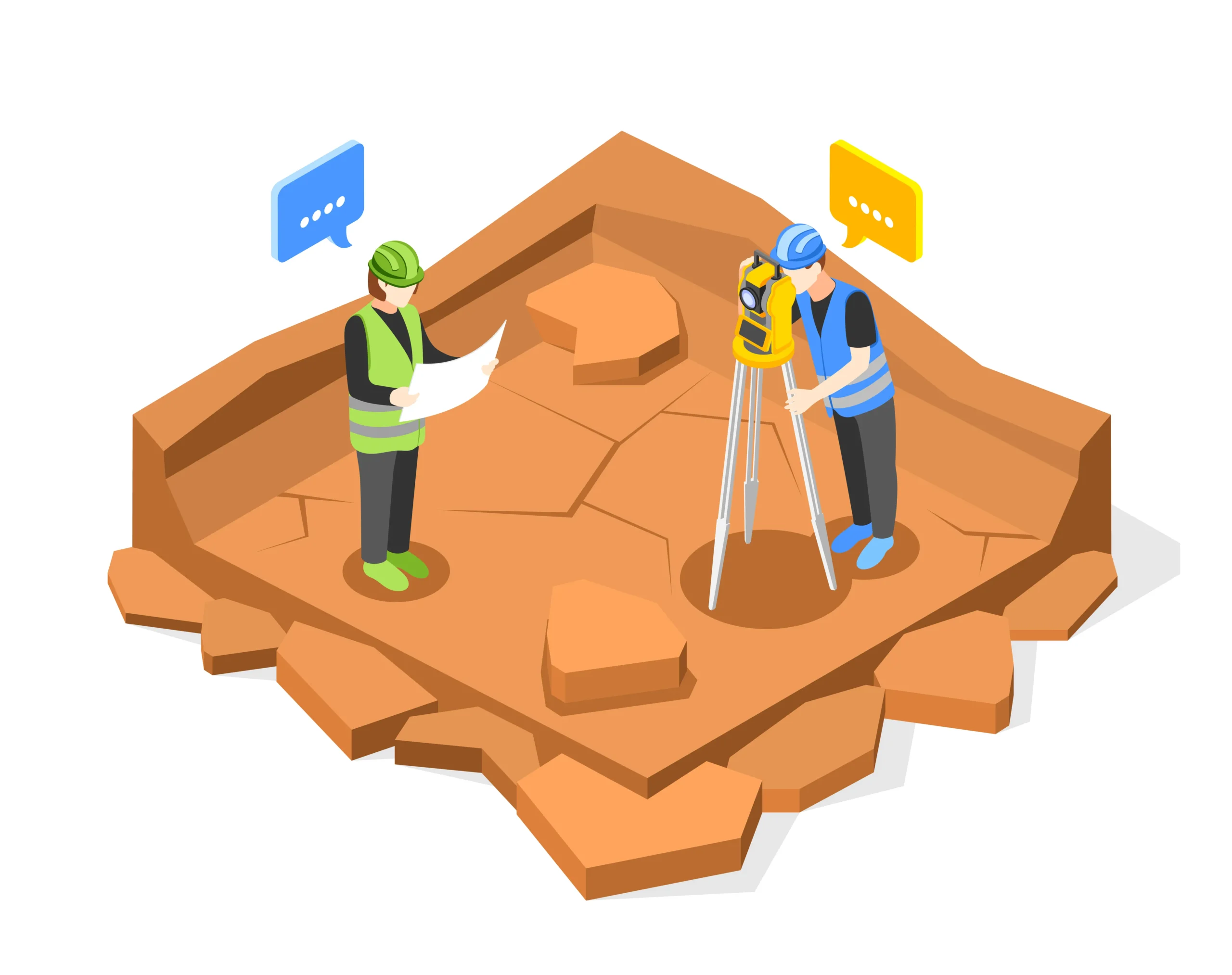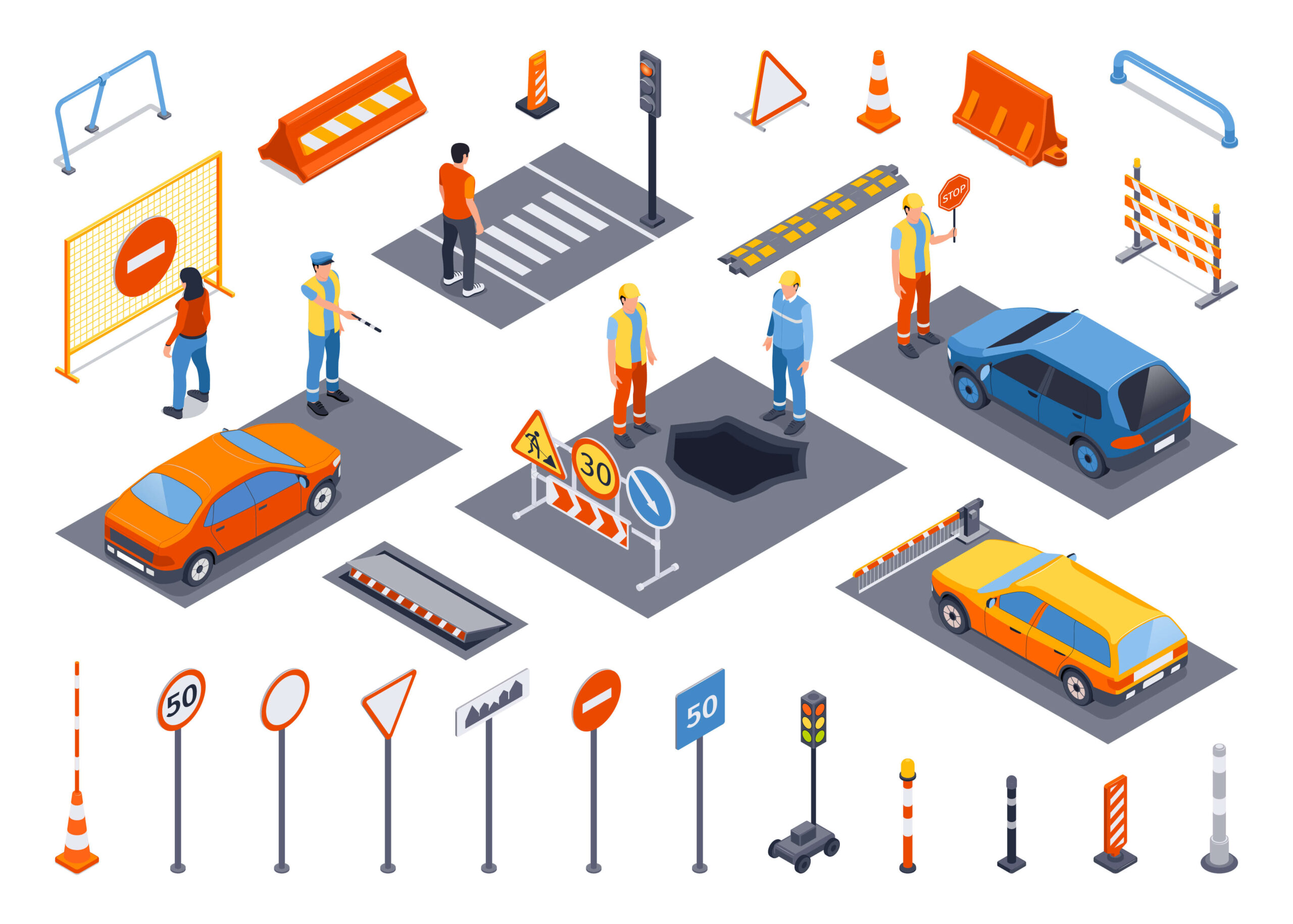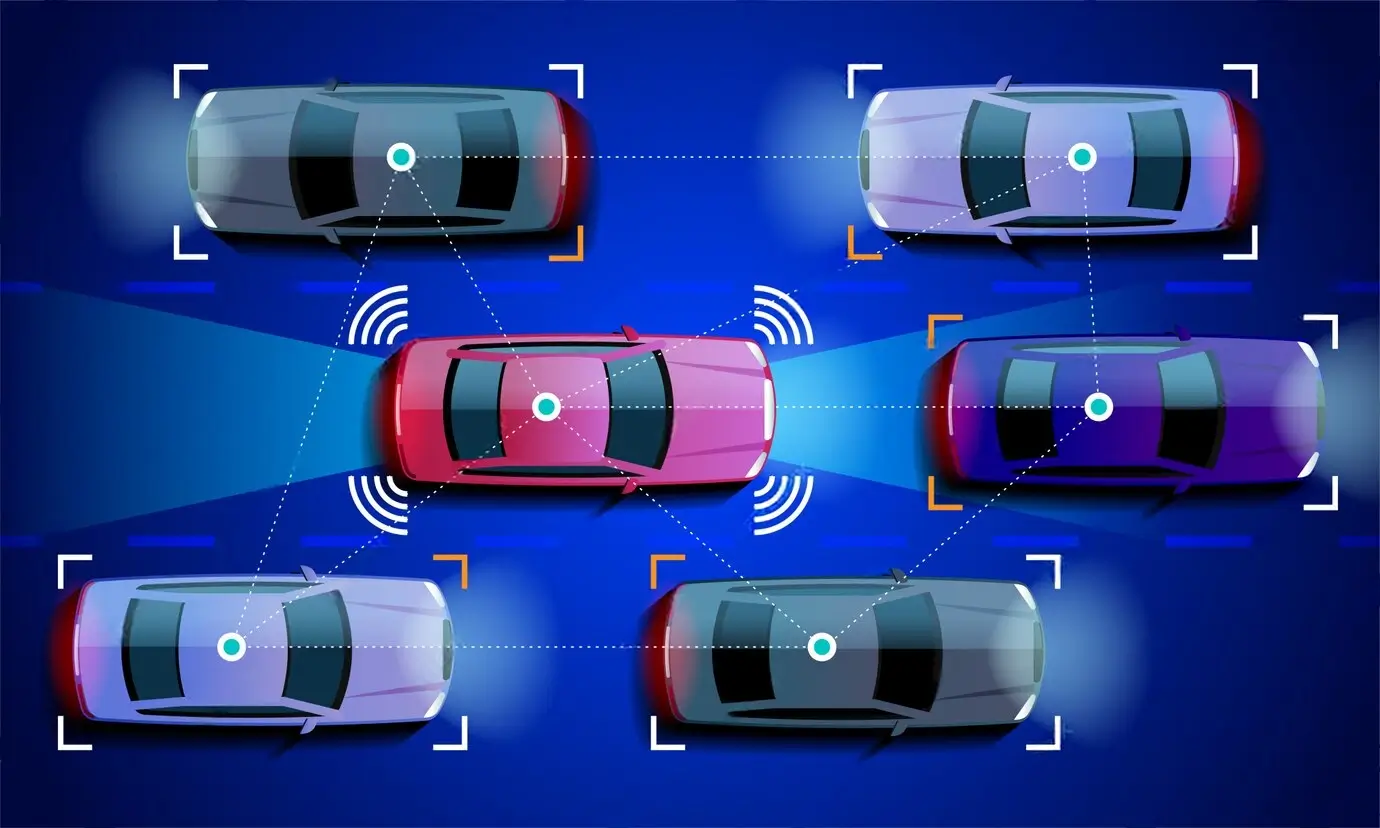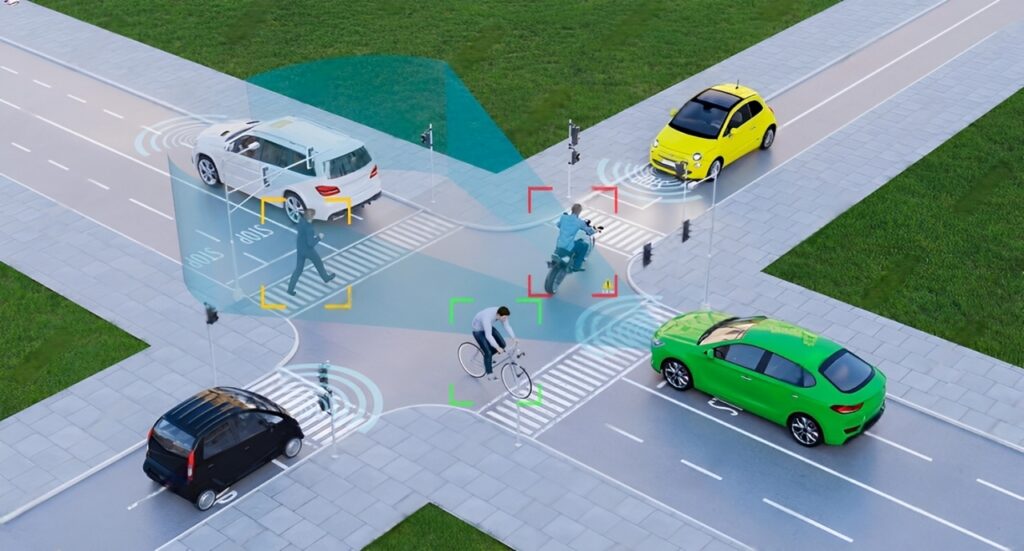
Urban Planning poses the critical challenge to efficiently manage the ever growing traffic flow needs and requirements. But the prerequisite to this efficient traffic management, is the reliable traffic surveys data stream and source. With cities growing rapidly, the traditional methods such as Manual Traffic Count, Vehicle Counters, Traffic Sensors and outdated Analytics techniques, are quickly falling short of modern day requirements.
In comes Artificial Intelligence (AI), a technology that is transforming traffic surveys. Through machine learning algorithms and big data analytics, AI can collect, process, and analyze traffic data at unimaginable speed and accuracy that was unachievable earlier.
In this article, we will see how AI is changing traffic surveys, its real-world applications, the benefits, and the challenges that come with it.

Before AI integration, traffic volume counts were collected manually:
While these methods had work the passing years, but with growing traffic demand, they now faces challenges as:

AI totally changes the game by collecting and understanding data all on its own. Let’s see how AI traffic surveys actually work:
AI-based cameras monitor traffic continuously, detecting and categorizing vehicles, bicycles, and pedestrians. The systems are able to differentiate cars, buses, trucks, and even e-scooters in real-time.
Through machine learning algorithms, AI is able to read large databases in order to identify patterns like peak hours, traffic congestion, and unusual events like accidents.
AI analyzes past data and trends, to predict future traffic and suggest the best routes to avoid traffic jams. It is like planning ahead instead of just dealing with problems as they happen.
AI solutions create real-time visuals and reports, making it easier for decision-makers to make data-driven choices. The information appears on clean, easy-to-read dashboards with key stats and trends.

Intelligent traffic signals utilize AI for real-time control of signal timing based on actual traffic volume count surveys. In addition to preventing congestion, it minimizes waiting time as well.
AI-powered cameras watch out for people and cyclists, keeping things safe by sending quick alerts whenever needed.
AI-powered counting systems keep an eye on speed, traffic volume, and density continuously at real time. They’re super useful for managing traffic.
Congestion patterns are monitored using AI platforms, and suggestions are provided for infrastructure planning, such as lane widening or pedestrian overpasses.
Benefits of AI in Traffic Surveys
Challenges in Implementing AI-Based Traffic Surveys
AI traffic surveys have a lot of potential, but they do come with drawbacks.

AI is changing the way traffic is managed and that in a smarter and faster way. As cities are growing rapidly, AI is a way forward to solve modern day issues. AI with integration to IoT and big data, can create AI algorithms that not only analyze traffic but also predict and prevent traffic congestions and accidents.
The benefits can be less traffic, safer roads, and better city planning for using AI in traffic solutions. There may be some challenges, but using AI for traffic surveys is the future for cities that will be smarter and more sustainable.
AI in traffic surveys is revolutionizing the way cities understand and manage their transportation networks. By automating data collection and analysis, urban planners can make informed decisions, reduce congestion, and improve safety. Embracing this technology means building cities that are not only smarter but also more livable for everyone.